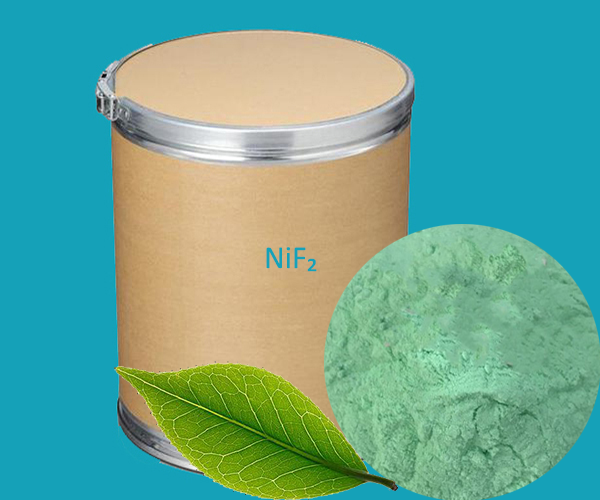Nickel fluoride (NiF₂) is a chemical compound. It’s made of nickel and fluorine atoms. Used in various applications, including batteries and electroplating due to its unique properties.
Properties of Nickel Fluoride
Appearance : Green crystalline solid
Odor : Odorless
Molar Mass : 96.69 g/mol
Density : 4.72 g/cm³
Melting Point : 1,372°C (2,502°F)
Boiling Point : 1,568°C (2,854°F)
Water Solubility : Sparingly soluble
Solubility : Dissolves in water, dissociates into nickel ions and fluoride ions
Uses of Nickel Fluoride
Battery Technology: Used as a component in lithium-ion batteries, enhancing their performance and stability.
Electroplating: Employed in electroplating processes to create durable and corrosion-resistant nickel coatings on various materials.
Catalysis: Acts as a catalyst in certain chemical reactions, aiding in the synthesis of valuable products.
Glass and Ceramics: Incorporated in the production of specialty glass and ceramics, improving their properties and characteristics.
Fluoridation: Utilized for water fluoridation to improve dental health by preventing tooth decay.
Chemical Manufacturing: Serves as a precursor in the synthesis of other nickel compounds and chemical substances.
Ceramic Capacitors: Found in the manufacturing of ceramic capacitors used in electronics and telecommunications.
Pharmaceuticals: Used as a reagent in some pharmaceutical processes and research.
Photography: Historically used in the photographic industry as a component of certain photographic developers.
Metal Alloy Additive: Added to certain metal alloys to enhance their properties like strength and resistance.
 English
English Español
Español Português
Português Français
Français Deutsch
Deutsch Русский
Русский 中文
中文 日本語
日本語
